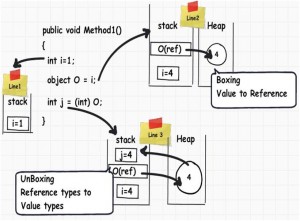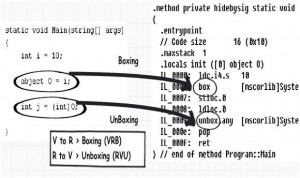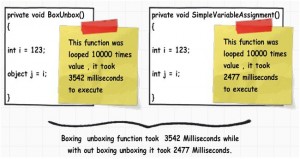This example reads an application setting identified by the key customsetting1 from a Web.config file. The appSettings element is a NameValueCollection collection of strings. Working with collection elements can be slightly more complicated than working with other configuration elements.
To obtain configuration settings for the root-level Web configuration, null is passed to the OpenWebConfiguration method.
To update a configuration setting, use the Save or SaveAs method of the configuration object. For more information, see Using the Configuration Classes. For additional code examples, see the AppSettingsSection class and related classes.
This example uses the non-static method of obtaining configuration data, which allows you to pull configuration data from any application. If you are going to obtain configuration information from the application in which your code resides, use the static method, which processes faster. For more information, see the Working with Local and Remote Configuration Settings section in ASP.NET Configuration API Overview.
Example:
C#:
System.Configuration.Configuration rootWebConfig1 = System.Web.Configuration.WebConfigurationManager.OpenWebConfiguration(null);
if (rootWebConfig1.AppSettings.Settings.Count > 0)
{
System.Configuration.KeyValueConfigurationElement customSetting = rootWebConfig1.AppSettings.Settings[“customsetting1”];
if (customSetting != null)
Console.WriteLine(“customsetting1 application string = \”{0}\””, customSetting.Value);
else
Console.WriteLine(“No customsetting1 application string”);
}
VB.Net:
Dim rootWebConfig1 As System.Configuration.Configuration
rootWebConfig1 = System.Web.Configuration.WebConfigurationManager.OpenWebConfiguration(Nothing)
If (rootWebConfig1.AppSettings.Settings.Count > 0) Then
Dim customSetting As System.Configuration.KeyValueConfigurationElement
customSetting = rootWebConfig1.AppSettings.Settings(“customsetting1”)
If Not (customSetting.Value = Nothing) Then
Console.WriteLine(“customsetting1 application string = {0}”, customSetting.Value)
Else
Console.WriteLine(“No customsetting1 application string”)
End If
End If
Robust Programming
Values read from the appSettings element of the Web.config file are always of type String. If the specified key does not exist in the Web.config file, no error occurs. Instead, an empty string is returned.
Security
The configuration file should be protected on the server by using Windows security settings to limit who can read the file. Avoid storing sensitive information such as user credentials in the appSettings element of the Web.config file. Also consider encrypting configuration settings.



